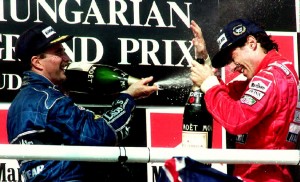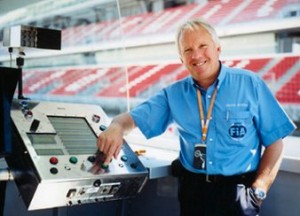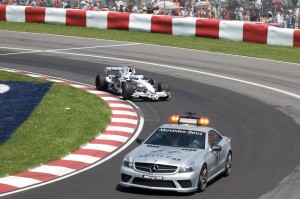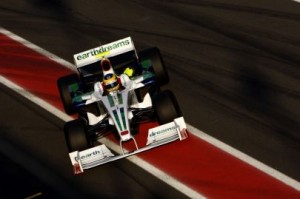Does Max Mosley read my blog?
 Bernie Ecclestone’s medal system – whereby gold, silver and bronze medals would be awarded to the top three drivers at each race, with the driver with the most golds at the end of the year being crowned champion – has come in for a lot of criticism from drivers as well as fans. I thought it would be interesting to take Bernie’s idea and look back to see how many times a world champion had won fewer races than his rivals.
Bernie Ecclestone’s medal system – whereby gold, silver and bronze medals would be awarded to the top three drivers at each race, with the driver with the most golds at the end of the year being crowned champion – has come in for a lot of criticism from drivers as well as fans. I thought it would be interesting to take Bernie’s idea and look back to see how many times a world champion had won fewer races than his rivals.
In a blog post last week I analysed every year of the FIA F1 World Drivers’ Championship and found that drivers have been winning the Championship with fewer wins than their competitors at a pretty consistent rate since the Championship began. In fact in very first season, in 1950, it was won by Nino Farina even though Fangio won the same number of races.
Now it seems the FIA has had the same idea and come up with broadly the same results. Do they read my blog or have they been working on this research for some time? To be fair, the FIA have applied the full Bernie treatment to the results, taking account of silver and bronze medals, whereas I just looked at the number of wins but my little post certainly didn’t trigger the same amount of discussion.
All across the tubes fans are arguing about medals vs the current points system, the old points system vs the current points system and even coming up with new and improved points systems that include bonus points for fastest laps. BlogF1 asks where the market research is. Seems like the FIA just needs to read the comments.
Image: GAUTREAU-KSIAZEK/AFP/Getty Images



